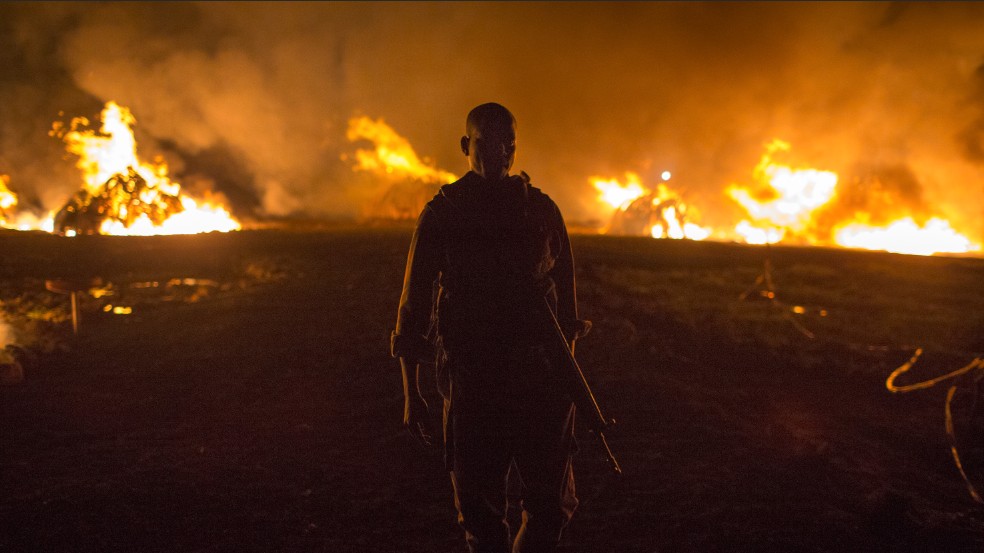- Kenya Wildlife Service (KWS) chairman Dr Richard Leakey admitted KWS rangers sometimes "foolishly, immorally, wrongly take the law into their own hands". "It has happened," he said, "and I'm sure it'll happen again."
- KWS agents are allegedly responsible for the death or disappearance of at least five people during Leakey's tenure as chairman.
- In one village, the Kenya Wildlife Service allegedly opened fire on unarmed protesters, killing one and injuring 14.
- Innocent people with no links to poaching are believed to be among the dead.
- To date VICE understands no rangers have been convicted and the KWS has never accepted responsibility.
WATCH: 'Shoot to Kill: VICE Investigates the Kenya Wildlife Service'

Dr Richard Leakey is on a mission to end the ivory trade, and draws no salary in his role as chairman of the KWS. He has done more than anyone to preserve Kenya's wildlife in the face of significant challenges. After a resurgence in poaching, President Uhuru Kenyatta reappointed him in April of 2015 to use his "influence and experience and connections" to try to put the organisation back on its feet, he told VICE.Although celebrities flock to him, he could not be described as a man who actively courts celebrity. But as far back as 1999 he was reportedly alive to the fact that his actions will be supported by the government only so long as Kenya's wildlife attracts tourists.Dr Leakey established the Kenya Wildlife Service in 1989, and within five years successfully shifted the balance of power from poachers to rangers.In the 1970s and 80s, elephant and rhino populations across Africa had been decimated by poachers. Kenya's elephant population plummeted from 160,000 in the 1960s to fewer than 20,000 at the end of the 80s.This changed with the establishment of the Kenya Wildlife Service and the implementation of a new "shoot to kill" policy. Rangers trained and equipped by British and US military were authorised to kill any armed poachers who set foot inside Kenya's national parks.
Dr Richard Leakey in his office at Turkana Basin Institute, Nairobi, Kenya. (Photo: Frederick Paxton/VICE)
DEATH AT A PROTEST
Commanding Officer Johnson Wachira on rhino surveillance patrol with other Kenya Wildlife Service rangers in Meru National Park, Kenya. There is no suggestion that any of these rangers were responsible for any of the allegations outlined in this article or the documentary. (Photo: Frederick Paxton / VICE)
Mulki Abdi Gonjobe, wife of Mohamed Sheikh Abdullahi, and child in Isiolo, Kenya. (Photo by Frederick Paxton / VICE)
PANDORA'S BOX
A ranger guards ivory in Nairobi National Park a few days before the ivory burn on the 30th of April, 2016. (Photo: Frederick Paxton / VICE)
"EXTRAJUDICIAL KILLING IS ALL TOO COMMON"
President Uhuru Kenyatta adresses media at the ivory burn on the 30th of April, 2016, Nairobi National Park, Kenya. (Photo: Frederick Paxton / VICE)